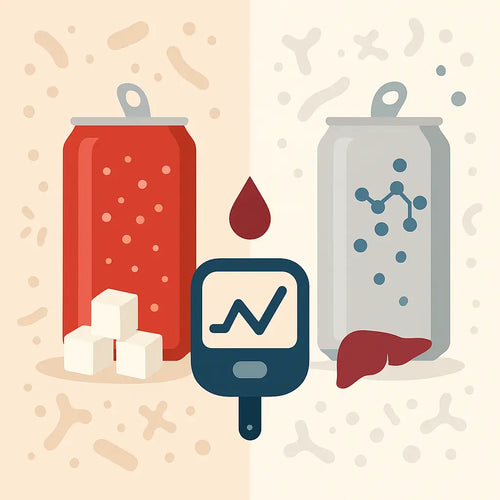Eating low glycemic index foods is the key to keeping your blood sugar in a low and normal range. This is also important when it comes to reducing cardiovascular risk.
The reviewed research compared two different types of food for efficiency when it came to these issues (Jenkins DJ, et al. 2012). The participants had type II diabetes and were randomized to either a low glycemic index legume diet that encouraged the participants to increase legume intake by at least one cup per day, or to increase insoluble fiber by eating more whole-wheat products for three months. Hemoglobin A1c was tested which is a measurement of long-term glucose control and coronary heart disease risk score was used as a secondary outcome.
The results showed that the reduction in hemoglobin A1c values were greater after the low glycemic index legume diet than after the high wheat fiber diet. It was also a greater reduction in systolic blood pressure on the low glycemic index legume diet than on the high wheat fiber diet.
I have, for many years now, recommended to incorporate legumes such as beans and lentils into the diet. I have not found anything as effective as this when it comes to lowering blood glucose, triglycerides and cholesterol. If you try this you will probably also find that you will have better energy and not get hungry as quickly.
If you would like to know more about the benefits of a low glycemic index diet, read the book “The Food Connection.”
Jenkins DJ, Kendall CW, Augustin LS, Mitchell S, Sahye-Pudaruth S, Blanco Mejia S, Chiavaroli L, Mirrahimi A, Ireland C, Bashyam B, Vidgen E, de Souza RJ, Sievenpiper JL, Coveney J, Leiter LA, Josse RG. Effect of Legumes as Part of a Low Glycemic Index Diet on Glycemic Control and Cardiovascular Risk Factors in Type 2 Diabetes Mellitus: A Randomized Controlled Trial. Arch Intern Med. 2012 Oct 22:1-8. doi: 10.1001/2013.jamainternmed.70.









